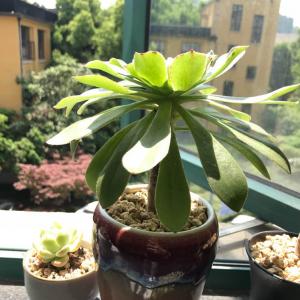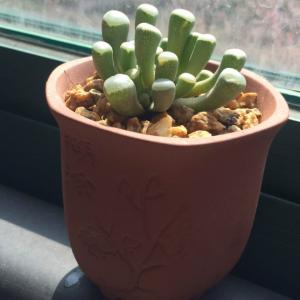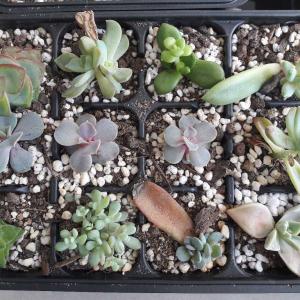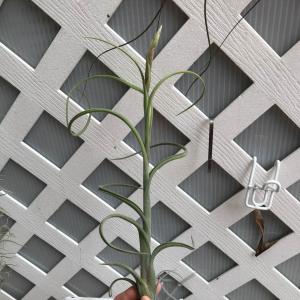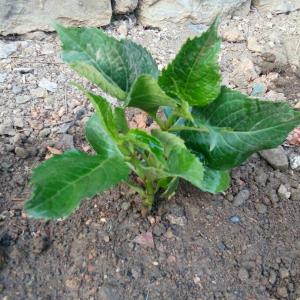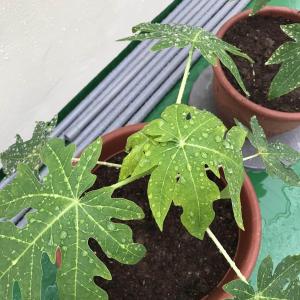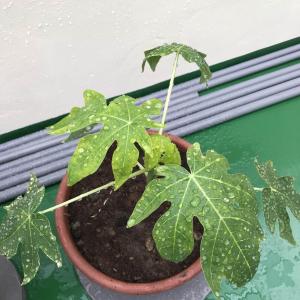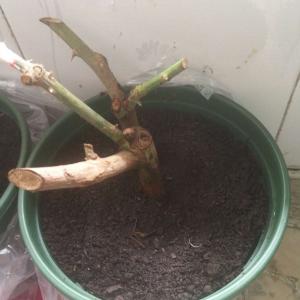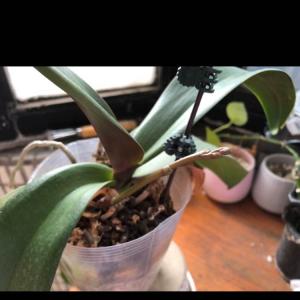文章
Miss Chen
2018年04月17日

If you want an abundant crop of orange pumpkins for use at Halloween or for making pies for Thanksgiving, Ohioans must prepare a garden plot and plant after danger of frost passes in spring. Depending on pumpkin cultivar, a warm growing period of 100 to 120 days allows the pumpkin vine to flower and develop harvestable fruits. If possible, time the spring planting so that the pumpkins ripen on the vine in early October.

Planting Time
Pumpkins do not tolerate frost. Across the vast majority of Ohio, the last frost in spring occurs anytime from April 21 to May 10, depending on latitude and elevation. Contact your local cooperative extension office to learn of the last spring frost date in your county, or speak to staff at your local garden center. Wait an additional two to four weeks after your area's last frost date to allow the garden soil to sufficiently warm to at least 65 degrees Fahrenheit. An appropriate pumpkin planting time frame is from mid-May to early June in most parts of Ohio.
Timing Considerations
Because pumpkins take 100 to 120 days from germination to harvest, you don't want to plant pumpkin seeds or transplants too early in spring. Although you must avoid frost, cool soil temperatures inhibit growth and may lead to root rot. Pumpkins tend to soften and rot on the vine if they ripen too early, such as in late August or September. Aim for pumpkins to pick around October 1. Look at the pumpkin seed packet for the "days to harvest" data. Count backward that number of days from the target October harvest date. This provides you the ideal sowing date in your Ohio locale.
Planting Pumpkin Seeds
Sow pumpkin seeds in hills. A hill is a shallow planting basin about 1 inch deep and 6 to 10 inches wide. Place four or five pumpkin seeds in the hill and cover with 1 inch of soil. Additional hills need to be spaced 6 to 10 feet apart. Hills oriented in long rows need about 15 feet between rows. This allows room for the sprawling vines to grow and still receive ample sunlight.

Growing Giant Pumpkins
Everyone admires a gigantic pumpkin to use as a jack-o' lantern around Halloween. The pumpkin varieties that produce the largest fruits need at least 120 days to germinate, grow and produce ripe pumpkins. According to David A. Mangione of the Ohio State University Extension, it's behooving to start seeds of these long-maturation pumpkins indoors about two weeks before planting them outdoors. He suggests sowing seeds indoors in late April and transplanted them outdoors in May or June when soil is warm and frosts no longer occur.

Planting Time
Pumpkins do not tolerate frost. Across the vast majority of Ohio, the last frost in spring occurs anytime from April 21 to May 10, depending on latitude and elevation. Contact your local cooperative extension office to learn of the last spring frost date in your county, or speak to staff at your local garden center. Wait an additional two to four weeks after your area's last frost date to allow the garden soil to sufficiently warm to at least 65 degrees Fahrenheit. An appropriate pumpkin planting time frame is from mid-May to early June in most parts of Ohio.
Timing Considerations
Because pumpkins take 100 to 120 days from germination to harvest, you don't want to plant pumpkin seeds or transplants too early in spring. Although you must avoid frost, cool soil temperatures inhibit growth and may lead to root rot. Pumpkins tend to soften and rot on the vine if they ripen too early, such as in late August or September. Aim for pumpkins to pick around October 1. Look at the pumpkin seed packet for the "days to harvest" data. Count backward that number of days from the target October harvest date. This provides you the ideal sowing date in your Ohio locale.
Planting Pumpkin Seeds
Sow pumpkin seeds in hills. A hill is a shallow planting basin about 1 inch deep and 6 to 10 inches wide. Place four or five pumpkin seeds in the hill and cover with 1 inch of soil. Additional hills need to be spaced 6 to 10 feet apart. Hills oriented in long rows need about 15 feet between rows. This allows room for the sprawling vines to grow and still receive ample sunlight.

Growing Giant Pumpkins
Everyone admires a gigantic pumpkin to use as a jack-o' lantern around Halloween. The pumpkin varieties that produce the largest fruits need at least 120 days to germinate, grow and produce ripe pumpkins. According to David A. Mangione of the Ohio State University Extension, it's behooving to start seeds of these long-maturation pumpkins indoors about two weeks before planting them outdoors. He suggests sowing seeds indoors in late April and transplanted them outdoors in May or June when soil is warm and frosts no longer occur.
0
0
文章
权问薇
2018年04月15日


1、关于土质的要求
(1)首先,说一个比较通用的吧,对于所有的植物种类来说都有这个要求。就是含有的有机质丰富,能够为植株提供充足的养分供给。这样,在之后的养护中,能减少我们的负担,也可以让它茁壮成长。
(2)再就是排水性。我们都知道,许多植株都是怕涝的,过于涝的话根部就会烂。那么,这就要求土壤有良好的排水性,能及时将多余的水排出。与这个比较类似的就是保水性,也叫做蓄水性。这要求土能存住我们给它浇的水。

(3)再就是疏松了,土壤不容易板结。不然,植株呼吸都成问题了,怎么可以长得好呢?
(4)还有就是这种植物对土质独特的要求,也就是它的酸碱度问题。对于这种植物,它较喜欢弱酸性的培养土。具体来说,PH值最好控制到六到七点二。我们可以看出来,是略微偏酸性的,也不能是过酸的土。

2、具体用什么土
至于具体用什么土,有许多的配置方法。若是我们家中种植的话,可以选择砂壤土,或者是椰糠土。这就看我们能够弄到什么土了,怎么方便怎么来。若是有条件的话,可以将几种土混合起来。
此外,比较常见的搭配就是,将草炭土和细沙按照二比一的比例混合。另外,还可以将园土和腐叶土混合,并且加入一些动物的粪便作为基肥,这样做可以有效满足植株的需求。

0
1





